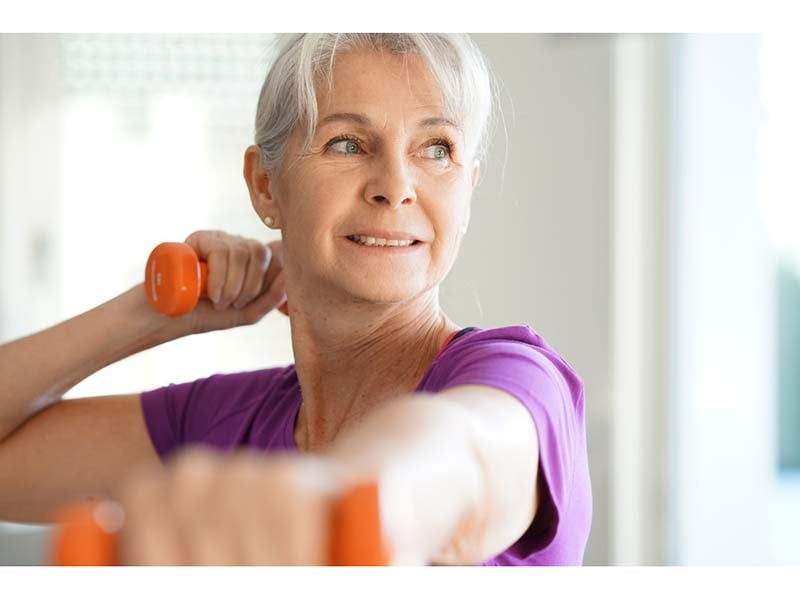
Being active may help ease ongoing cancer pain. That’s the key takeaway from a study of more 10,600 people with a history of cancer and over 51,000 without the disease. A team led by Erika Rees-Punia of the American Cancer Society and Christopher Swain of the University of Melbourne in Australia asked participants about their… read on > read on >






























-300x200.jpeg)